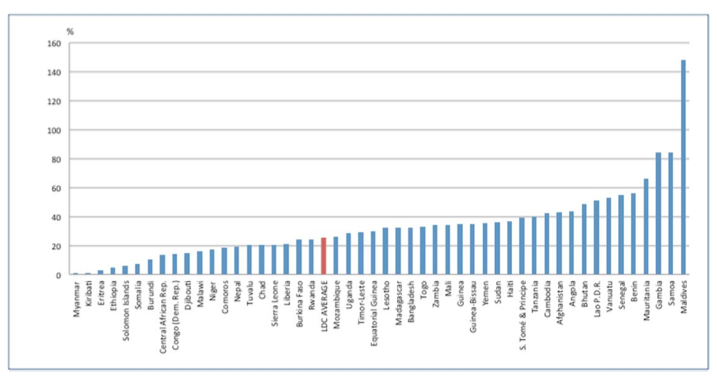Mobile success factors :-
Over the last decade, no other ICT has grown as fast as mobile cellular telephony and connected previously unconnected people in such a short span of time. There are a number of factors that have made the mobile boom possible:
- Competition: The introduction of second-generation technology opened up greater opportunities for new market entrants due to increased capacity and better spectrum efficiency. Most countries introduced competition with the launch of GSM networks. For many countries, this was their first taste of competition in the telecommunication sector. Competition has lowered prices, increased the quality and number of services and expanded coverage, creating the right conditions for mobile communications to grow. As of 2009, 90 per cent of countries worldwide allowed either partial or full competition in their cellular mobile market. The same degree of competition is found in the Least Developed Countries, although the level of partial competition –in which markets limit the number of mobile cellular operators to two– is slightly higher
- Common technology: Europe established a common regional standard for second- generation digital mobile technology – Groupe Spécial Mobile (GSM) – over a quarter century ago. This led to a de facto global standard for 2G mobile technology. The first GSM network was launched in Finland in 1991, and Australia became the first non-European country to join the GSM Association two years later. By June 2009, GSM accounted for four out of every five mobile subscriptions around the world and today, nearly 800 operators in over 200 countries operate GSM networks.16
- Prepaid subscriptions: The introduction of prepaid billing in 1996 brought mobile to the masses. There are millions of people around the world who would not qualify for a postpaid mobile plan, let alone be able to afford the required monthly payments. The majority of subscriptions in developing countries are prepaid, and in LDCs, where income levels are particularly low, 94 per cent of subscriptions were prepaid at the end of 2009. To cater to low-income users, operators have adopted new business models by offering, for example, low denomination airtime recharges and per second billing.
- Applications: The growing number of mobile applications has increased demand and usage. Roaming, text messaging and mobile broadband have become desirable applications for a growing number of people, including in LDCs. Since Internet penetration remains relatively low, mobile applications can help overcome Internet access barriers.
- Equipment: Mobile equipment, both on the network infrastructure side as well as devices, has grown in sophistication while continuing to drop in price. The emergence of Chinese equipment vendors, such as Huawei and ZTE, has driven competition in the infrastructure segment, dramatically reducing the cost of installing a mobile network. Innovations in handset technology include the development of sophisticated smartphones, which are driving demand for mobile data services. In low-income countries, falling prices of low-end mobile phones continue to make access more affordable.
Mobile telephony has also improved public telephone access, and mobile public access can help operators achieve universal access goals. It has also generated new business models, where owners of mobile telephones re-sell the service to others.
In some countries, the increasing number of mobile cellular subscriptions is actually reducing the need for public access since most people either own or have access to a mobile phone specially in smaller Nations like Maldives.






